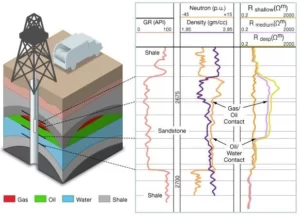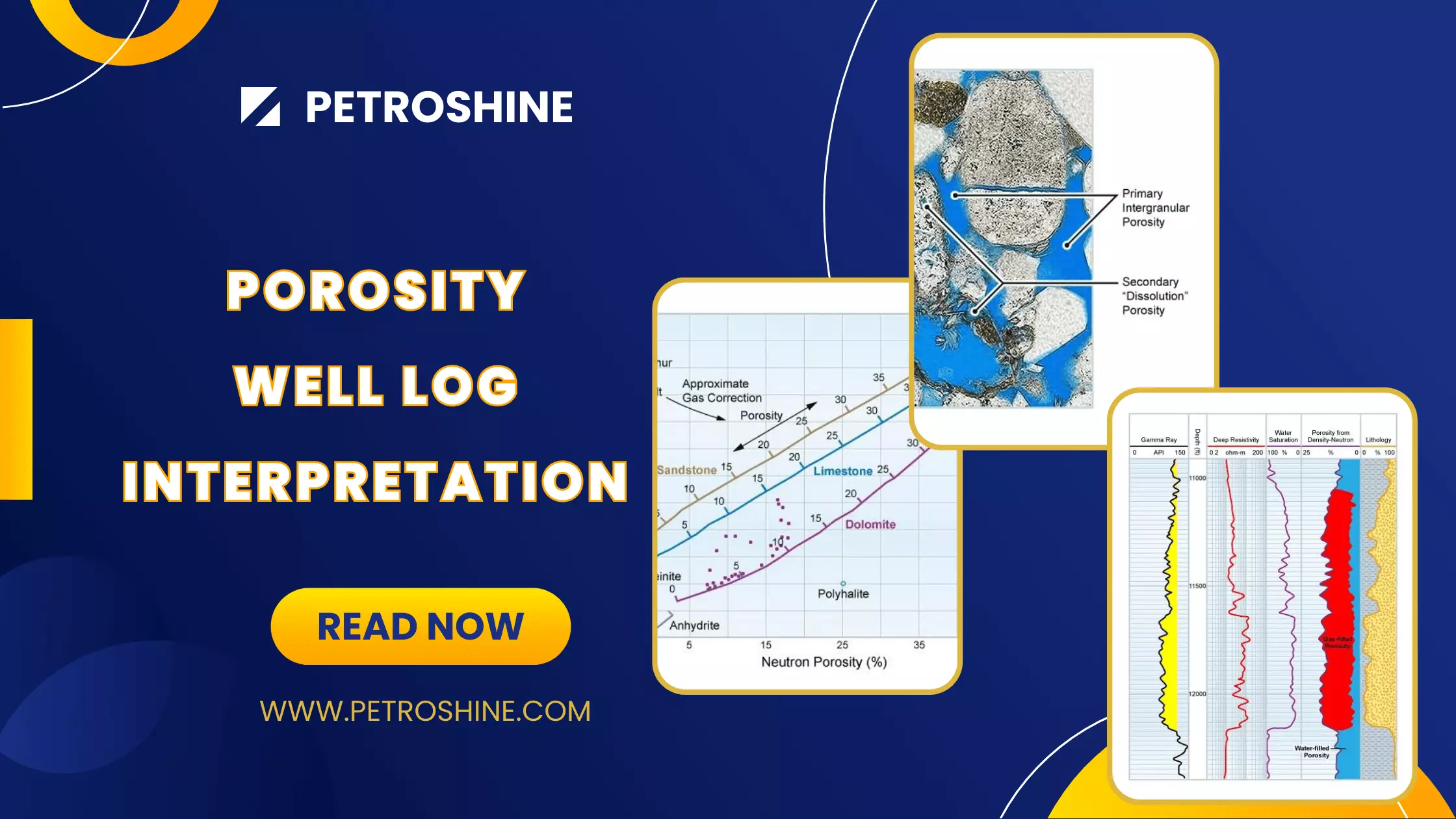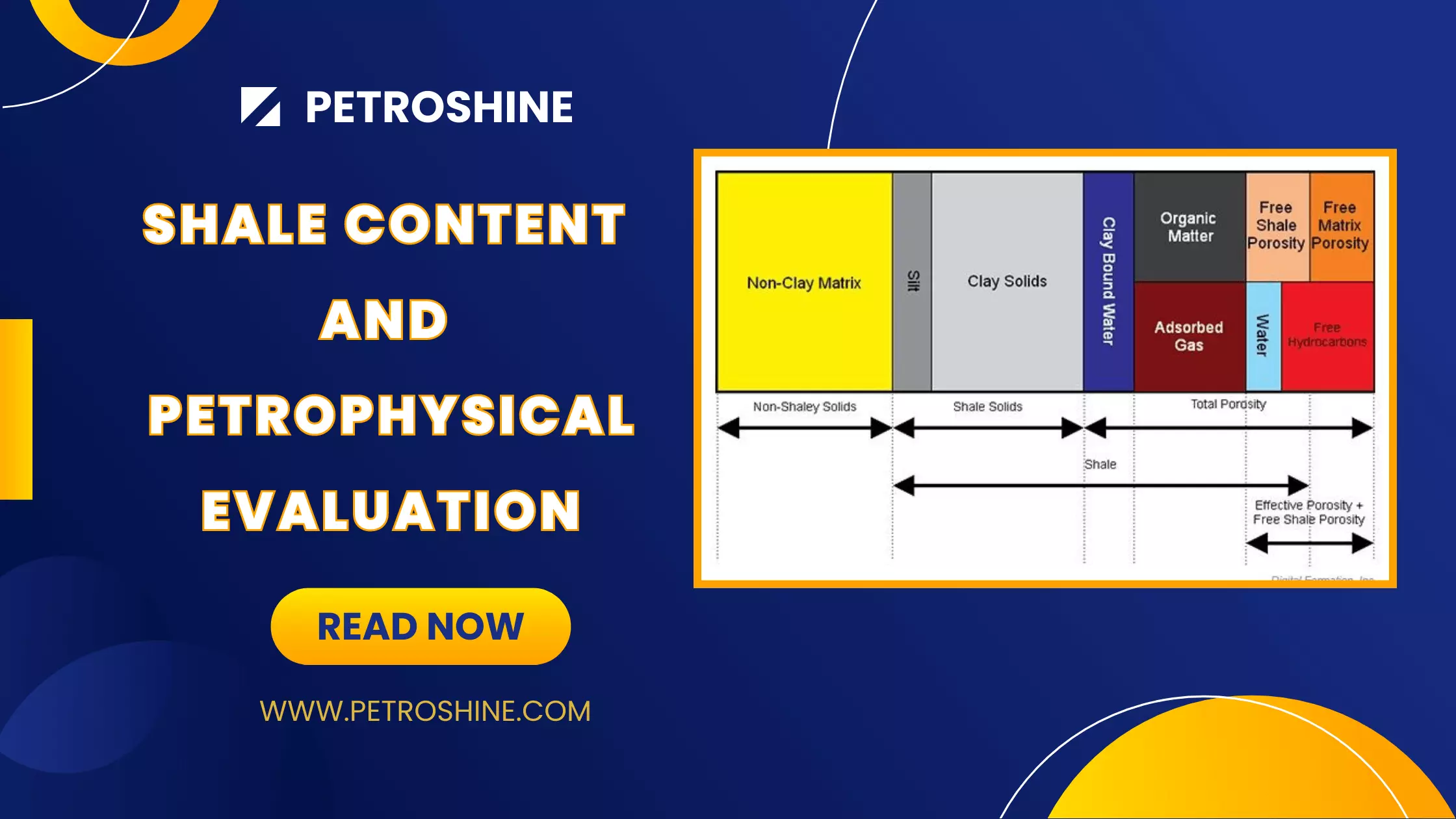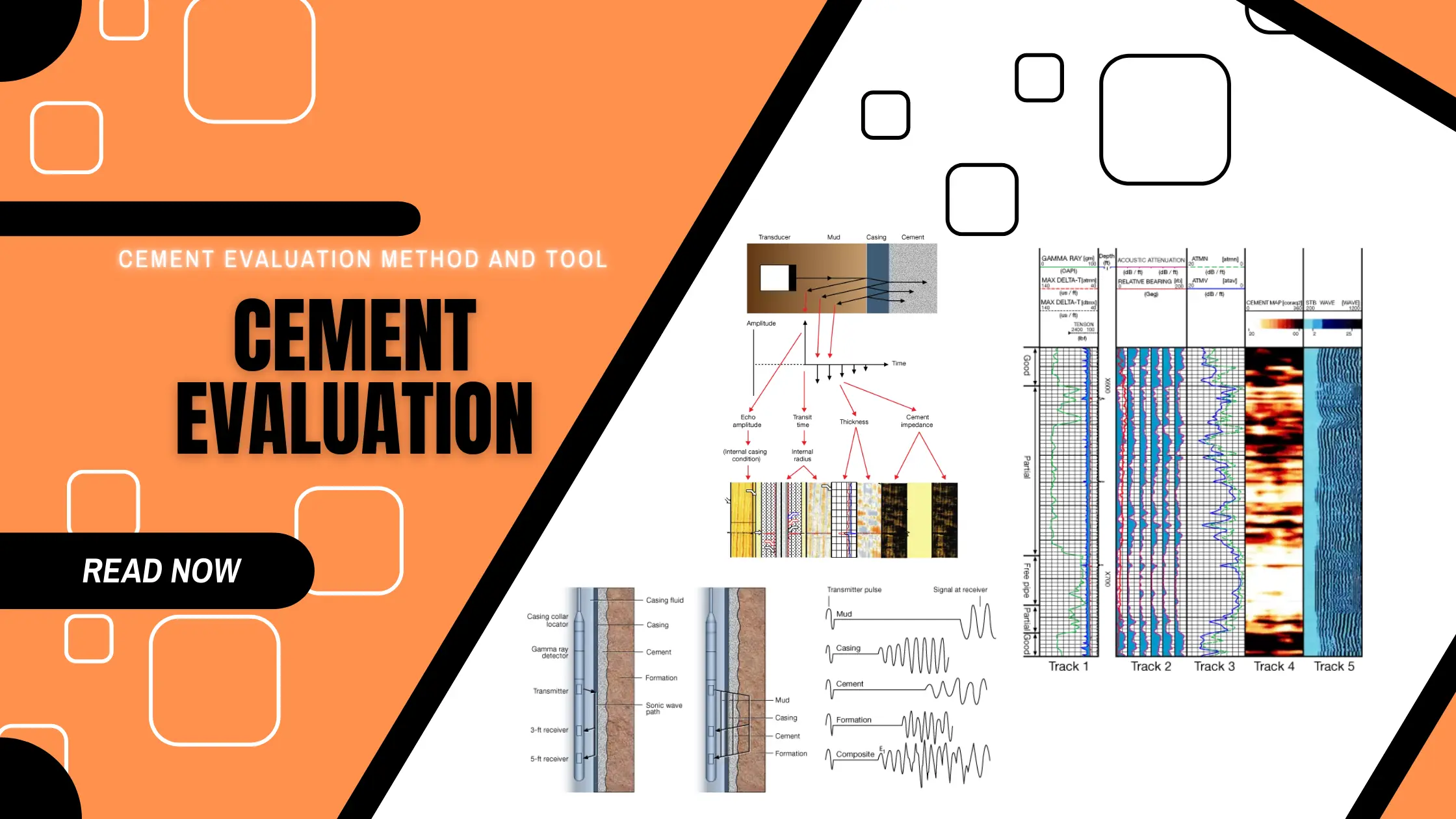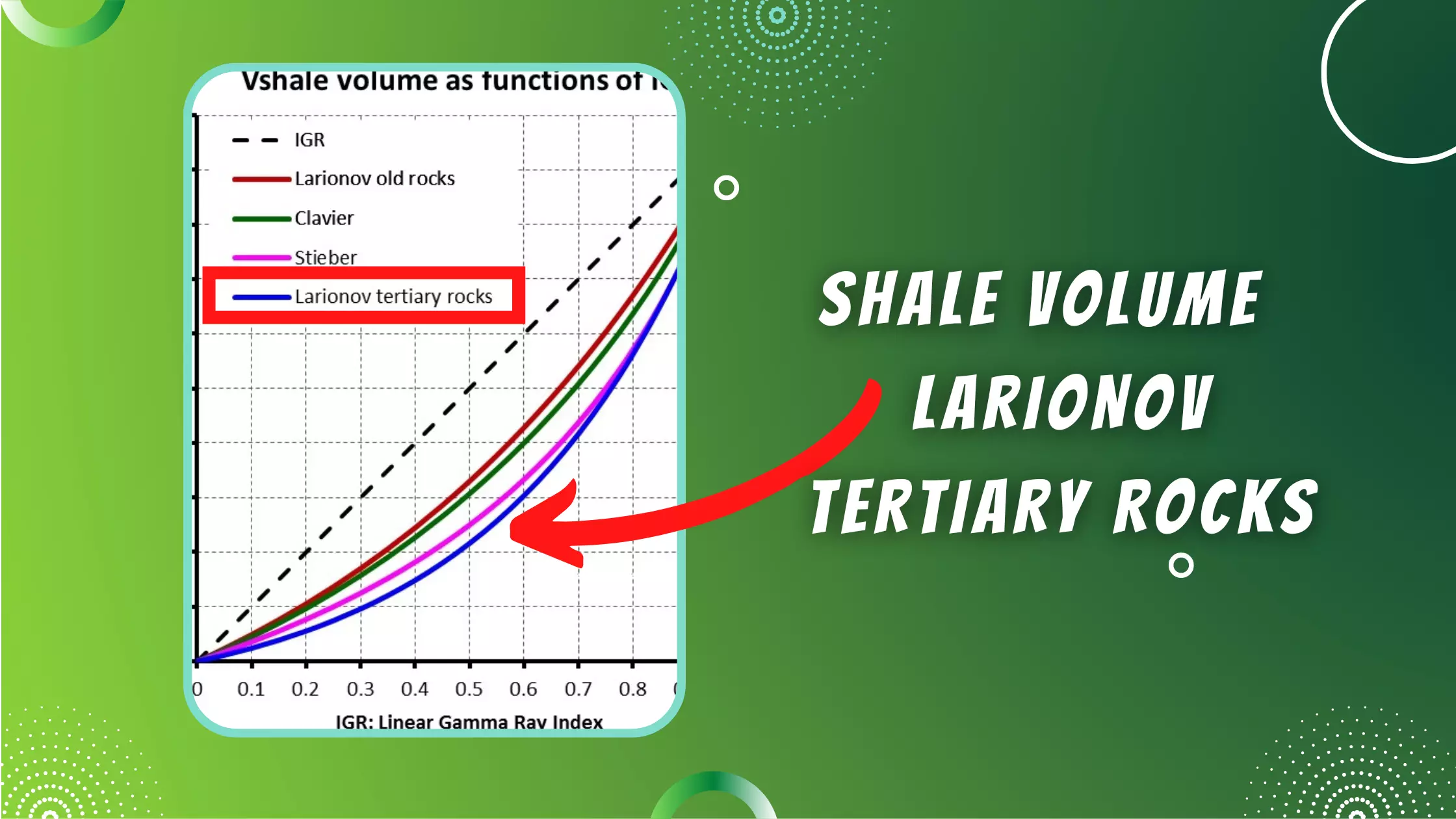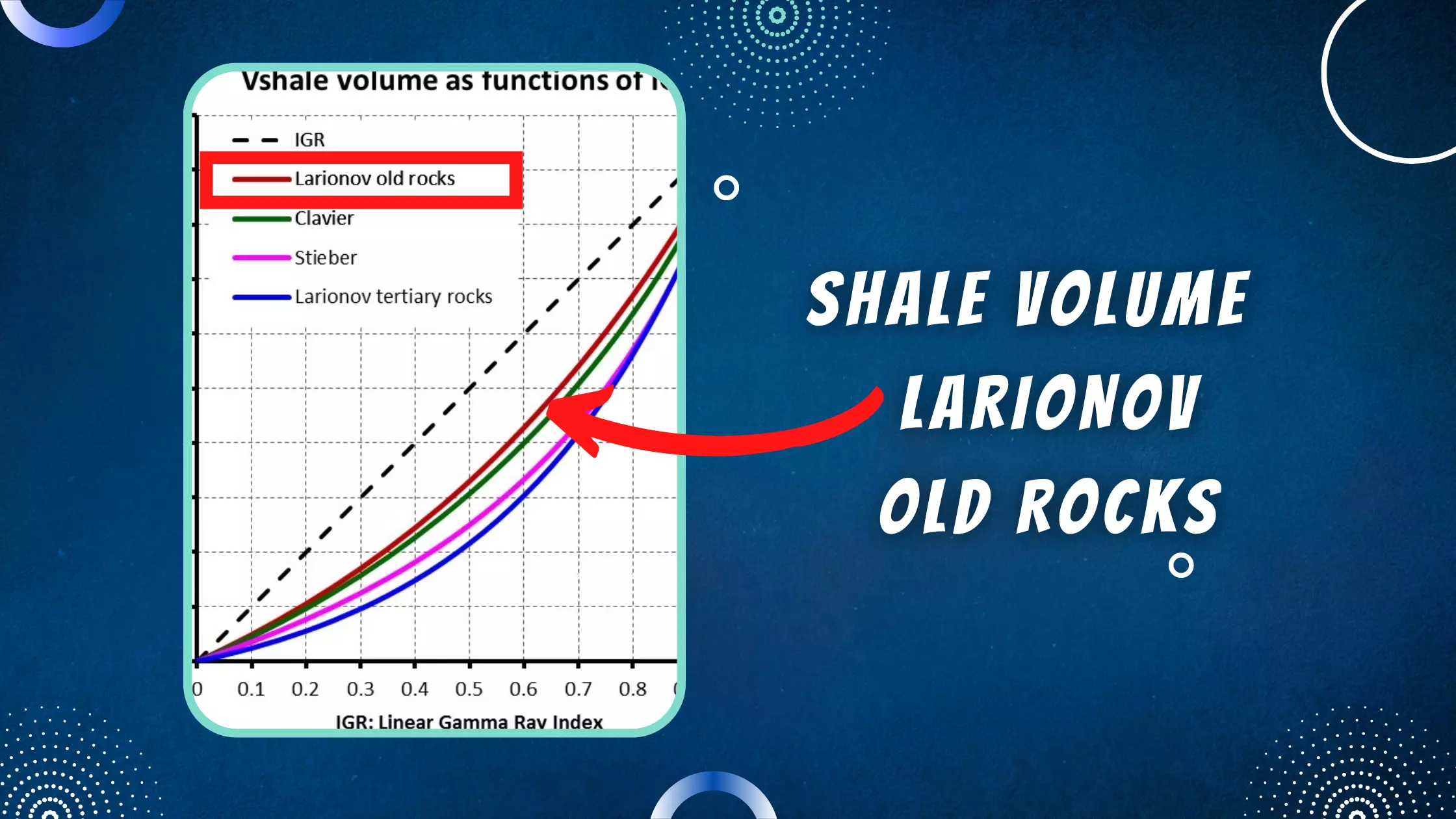Introduction Artificial intelligence (AI) is no longer just a buzzword in the tech world — it’s a transformative tool making its way into every corner of the oil and gas industry. One of the most promising fields seeing rapid change is petrophysics. With increasing demand for faster and more accurate …
Read More »Techlog Software Effortless Data Analysis
Enhance your data analysis capabilities with Techlog software, revolutionizing the way you interpret tech data.
Read More »Fluid Saturation
Learning Objectives After completing this topic “Fluid Saturation”, you will be able to: Describe how the calculated fluid saturations are used to estimate the hydrocarbons in place and to predict the fluids to be produced from completed wells. Describe the borehole nomenclature and environment, and the effect of the drilling …
Read More »Lithology Identification From Well Logs
After completing this course "Lithology Identification From Well Logs", you will be able to: Use spontaneous potential (SP) logs ...
Read More »Porosity | What is porosity in well logging?
Porosity | What is porosity in well logging? After completing this course "Porosity", you will be able to:
Read More »Shale Content | Shale Content and Petrophysical Evaluation
After completing this course "Shale Content", you will be able to: Summarize the process for interpreting well logs in …
Read More »Quick-Look Interpretation
Learning Objectives After completing this course “Quick-look Interpretation“, you will be able to: Define “quick-look” well log interpretation. Summarize the overlays that can be used to facilitate quick-look well log interpretations. Summarize the crossplots that can be used to facilitate quick-look well log interpretations. Describe how algorithms and histograms are …
Read More »Cement Evaluation | Cement Evaluation Well Logging: Assessing Cement Integrity in Oil and Gas Wells
After completing this topic "Cement Evaluation", you will be able to: • Summarize methods for evaluating quality of a cement bond.
Read More »Shale Volume – Larionov Tertiary Rocks
The Larionov (1969) equation for Cenozoic rocks (or previously know as tertiary rocks) for the calculation of shale volumen is the following: Shale Volume Larionov 1969 Equation Enter the value of the IGR to get the shale volume: Recommended for You Shale Volume – Larionov (1969) Old Rocks Gamma Ray …
Read More »Shale Volume – Larionov Old Rocks
Shale volume refers to the proportion of shale, which is a fine-grained sedimentary rock, present in a given formation. It is an important parameter in the study of subsurface geology, as it affects the rock’s ability to store and transmit fluids such as oil and gas. The Larionov method is …
Read More » Petro Shine The Place for Oil and Gas Professionals.
Petro Shine The Place for Oil and Gas Professionals.
